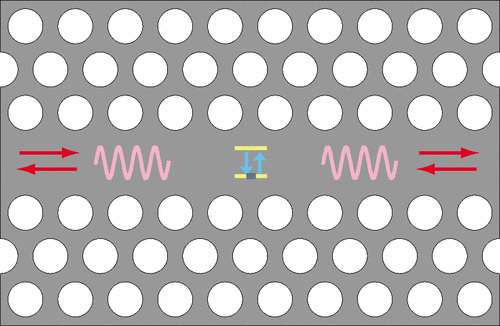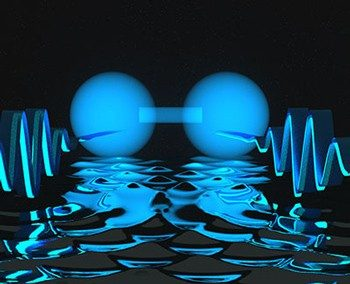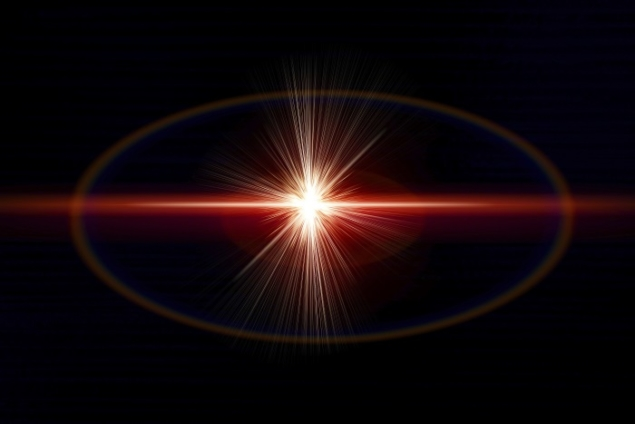Photon molecules
Photonics researchers continue to explore the many 'strange' properties of light such as its particle-wave duality, its ability to be slowed and manipulated within photonic crystals or certain optical fibers, the relativity theories that rely upon the speed of light being a constant value, and the process of entangling photons for quantum communications.
But a new phenomenon first theorized in 2007 is indeed very unusual: just like atoms group together into myriad molecular configurations, photons can also bunch together and create a 'photonic molecule' that just may end up having practical applications that can only be imagined. The first two-photon systems were demonstrated in 2007 by Stanford researcher Shanhui Fan and colleagues who demonstrated dual-photon transport in a waveguide material per the figure below (Image credit: Stanford University):

In 2015, Laser Focus World wrote about a team of NIST, Caltech, Harvard, and MIT scientists that succeeded in binding two photons together such that they travel side-by-side, like a two-atom molecule, with a specific binding force and separation distance. The image below, taken from that news story, shows an artist's conception of two photons locked together at a short distance (Image credit: E. Edwards/JQI):

But the photon molecule continues to grow in size: In early 2018, MIT and Harvard researchers succeeded in expanding their two-photon molecule into a three-photon molecule by firing a laser beam into a cold atomic gas. The laser creates what is called a "Rydberg polariton" whereby an excited electron is shared by several atoms in the gas before it is converted back to light at the edge of the gas cloud. This "Rydberg blockade" prevents nearby photons from interacting with the atoms and they instead bunch up with the polariton in an attractive interaction. Both pairs and triplets of photons emerge from the gas in a highly entangled state--a very useful property towards the creation of efficient quantum information systems. Furthermore, the three-photon molecule was found to have a larger binding force than the two-photon-molecule structure (see conceptual image below).

The MIT/Harvard team is also looking to create repulsive interactions between photons that could result in ordered "crystalline" photon molecules, a state of light that is indeed fascinating to ponder.









0 Comments